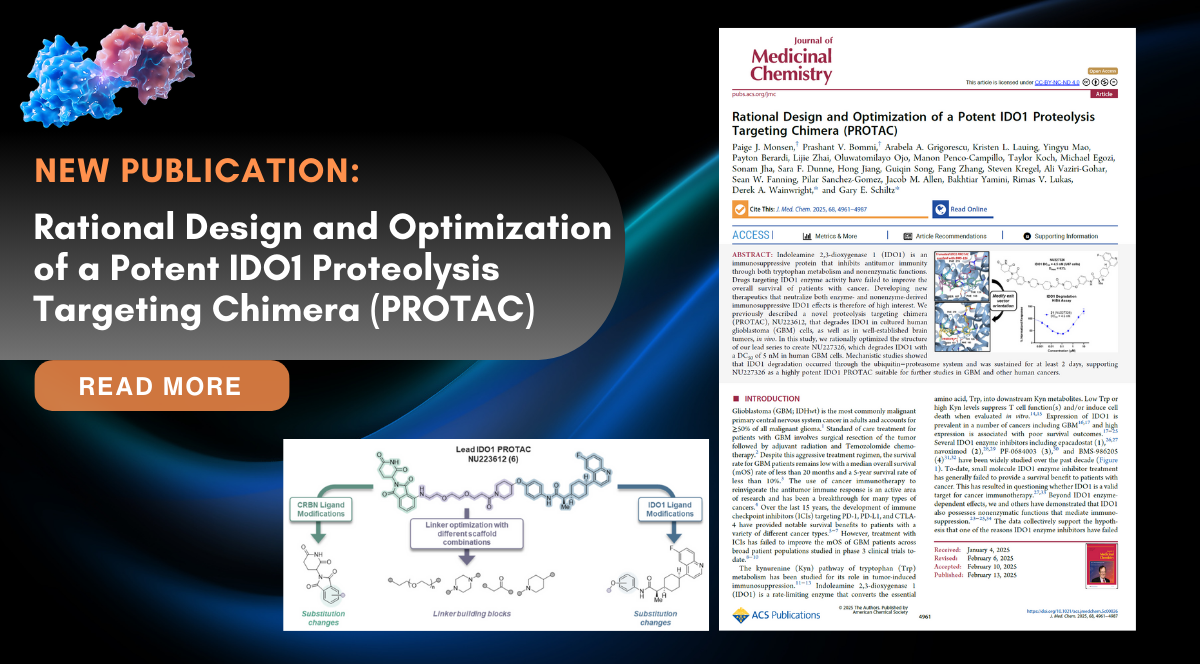
Sclerosis and Fibrosis Disease Models
Systemic sclerosis (also known as scleroderma) is a chronic autoimmune disease that leads to the buildup of scar tissue in...
Continue Reading
Systemic sclerosis (also known as scleroderma) is a chronic autoimmune disease that leads to the buildup of scar tissue in...
Continue Reading
Synthetic lethality, where combining two non-lethal mutations results in cell death, is exploited in cancer therapy, with PARP inhibitors like...
Continue Reading
Polycythemia vera (PV) is a chronic myeloproliferative disorder, a type of blood cancer characterized by the overproduction of red blood...
Continue Reading
Herpes simplex virus 1 and 2 (HSV-1 and HSV-2) are globally prevalent human pathogens associated with a wide range of...
Continue Reading
Epilepsy is a chronic brain disorder characterized by recurring seizures, which are episodes of uncontrolled and abnormal electrical activity in...
Continue Reading
Rare neurological diseases are conditions affecting the nervous system that occur infrequently, with examples including Huntington’s disease, Rett syndrome, and...
Continue Reading
Indoleamine 2,3-dioxygenase 1 (IDO1) is an enzyme that metabolizes tryptophan, and its activity can lead to immunosuppression, thereby allowing tumors...
Continue Reading
Despite the excellent clinical response to paclitaxel therapy, drug resistance inevitably develops in subsequent treatments. The development of targeted therapies...
Continue Reading
Asthma is a chronic, lower airway disease characterized by persistent inflammation and hyperreactivity. Asthma involves a complex immune response, with...
Continue Reading